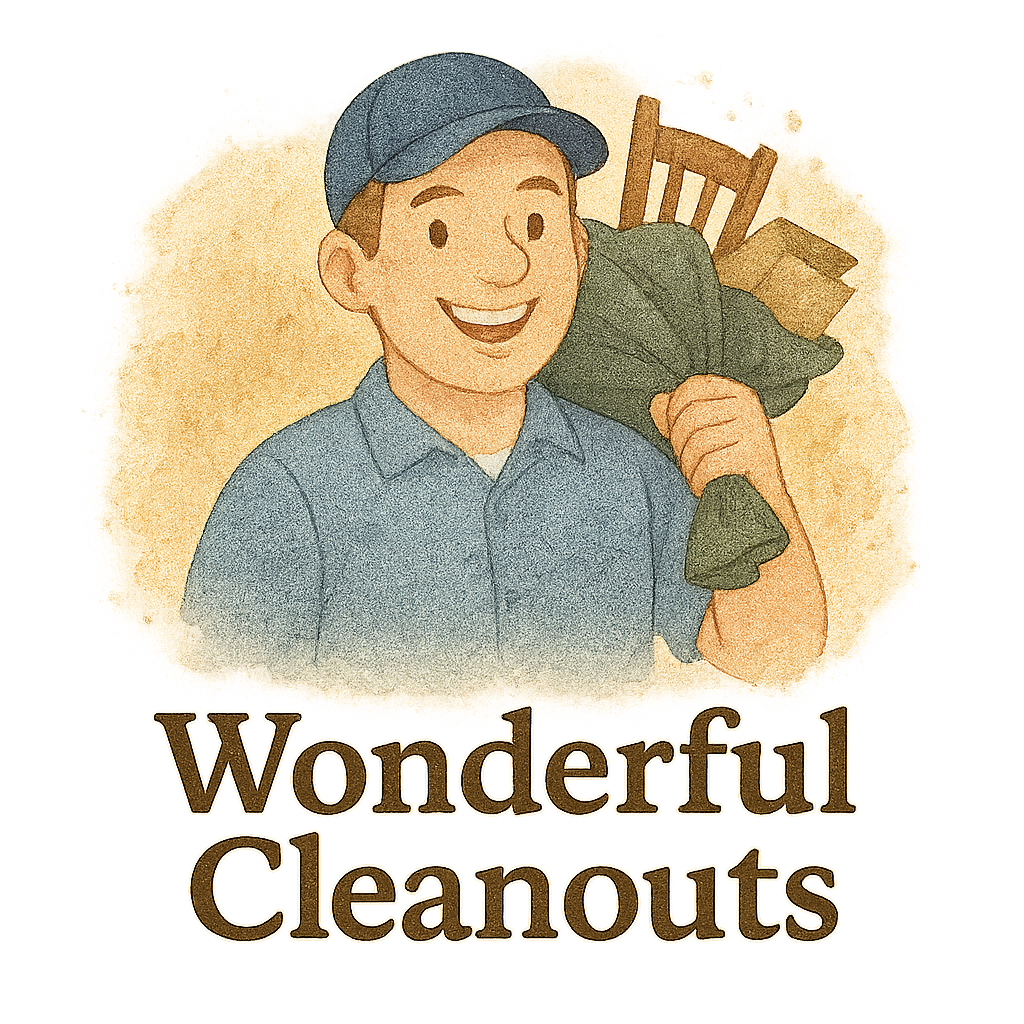When a hoarding cleanout wraps up, it’s not the end—it’s just the beginning. Organizing the space after the mess is gone is where real transformation happens. Whether you’re helping a loved one or recovering from hoarding yourself, these seven practical, heartfelt tips for post-cleanout organization after hoarding cases will help create a fresh start.
Understanding the Aftermath of a Hoarding Cleanout
Emotional and Physical Challenges
Hoarding isn’t just clutter—it’s deeply emotional. The cleanout process can feel like a whirlwind, and when the dust settles, you’re left standing in a wide, empty space filled with uncertainty. Physical fatigue, anxiety, and even grief are common.
Importance of Post-Cleanout Organization
Without structure after a cleanout, relapse is a real risk. Organization creates stability and supports long-term change. The goal is not just to declutter—but to establish peace, order, and a new way of living.
Tip 1: Create a Safe and Clean Space First
Why Safety Comes First
First things first—safety. After hoarding, the environment might still pose hazards like exposed nails, mold, or weak flooring. Addressing these issues before anything else is critical.
For safety tips and strategies, check out our cleanout safety resources.
Using Proper Tools and Supplies
Don’t just grab a mop and go. Equip yourself with gloves, masks, cleaning agents, and trash bags. Use trusted resources like garage & attic cleanouts to guide your cleaning approach.
Tip 2: Develop a Room-by-Room Organization Plan
Prioritize High-Traffic Areas
Start where it matters most—kitchens, bathrooms, and living areas. These zones set the tone for how the home functions daily. A clutter-free kitchen can make preparing meals easier and healthier.
Need a game plan? See our residential cleanout ideas.
Create Functional Zones
Each room should serve a purpose. Make a reading nook, a crafting corner, or a meditation space. This prevents the chaos from creeping back in.
Tip 3: Incorporate Clear Storage Solutions
Transparent Bins and Labeling Systems
Out of sight often means out of mind—and in hoarding cases, that’s dangerous. Use see-through bins and bold labels to keep track of everything. Check out our best organization tools and tips.
Use Vertical and Hidden Storage
Maximize space with hanging shelves, behind-the-door organizers, or under-bed bins. These small upgrades make a huge impact and keep things tidy long-term.

Tip 4: Establish a Routine Maintenance Schedule
Weekly Check-ins
Set aside time each week to reassess. Ask yourself: “Is clutter starting to creep in?” Catching it early prevents backsliding.
Explore our expert planning strategies to stay on top of things.
Monthly Deep Cleans
Once a month, choose a zone for a deeper clean and reorganization. Rotate between areas like the garage, attic, closets, and pantry. Our garage organization resources offer great monthly tips.
Tip 5: Seek Professional Help When Needed
Hiring Organizational Experts
Sometimes, a fresh pair of eyes is all you need. Professional organizers and cleanout services (like Wonderful Cleanouts) can guide your space into serenity.
Accessing Support Groups
You don’t have to do it alone. Online and local support groups, especially for those dealing with hoarding recovery, offer shared experiences and encouragement.
Tip 6: Focus on Mental Health and Emotional Support
Therapy and Counseling Options
Addressing the root cause is vital. Therapy, especially CBT (Cognitive Behavioral Therapy), can help retrain hoarding-related thought patterns.
Our article on mental and emotional support explores this in depth.
Family and Community Involvement
Involve loved ones in the organization journey. Let them help—and hold you accountable. Whether you’re managing a residential or estate cleanout, teamwork makes the dream work.
Tip 7: Set Realistic Goals and Celebrate Progress
Break Tasks into Small Wins
Instead of saying, “I’ll organize the whole house,” break it down. Tackle one drawer. Then one cabinet. Then one room. It adds up.
Rewarding Milestones
Did you stick to your maintenance schedule for a month? Treat yourself! Whether it’s a movie night or a new gadget, rewards build positive habits. Check out the best gear for organization.
Conclusion
Overcoming hoarding is a marathon, not a sprint. And post-cleanout organization? That’s the first lap of the new life you’re creating. With consistent routines, emotional support, and realistic goals, the transformation is real and sustainable.
If you’re in need of hands-on help or just some extra motivation, check out the full list of services at Wonderful Cleanouts and our commercial cleanout expertise if you’re tackling business spaces too.
FAQs
1. How long does it take to reorganize after a hoarding cleanout?
It varies—typically a few weeks to several months, depending on the home’s condition and consistency in following routines.
2. Can I do post-hoarding organization without professional help?
Yes, but professionals can provide structure and efficiency. Services like Wonderful Cleanouts are highly recommended for support.
3. How do I prevent hoarding tendencies from returning?
Regular check-ins, therapy, and maintaining a clean, functional environment are key. Explore our tips for more help.
4. What’s the best way to manage emotional attachment to items?
Start with less sentimental areas, then work through emotional pieces with the help of a therapist or support group.
5. What types of storage are most effective after a cleanout?
Transparent bins, labeled drawers, hanging racks, and vertical shelves work wonders. See our tools section for recommendations.
6. How do I help a family member stay organized after a hoarding cleanout?
Stay involved, offer positive reinforcement, and assist with regular maintenance. Check our home organization advice.
7. Are hoarding cleanouts different from regular estate or commercial cleanouts?
Absolutely. Hoarding cleanouts require more emotional sensitivity and follow-up. For comparisons, see estate cleanouts and commercial cleanouts.

